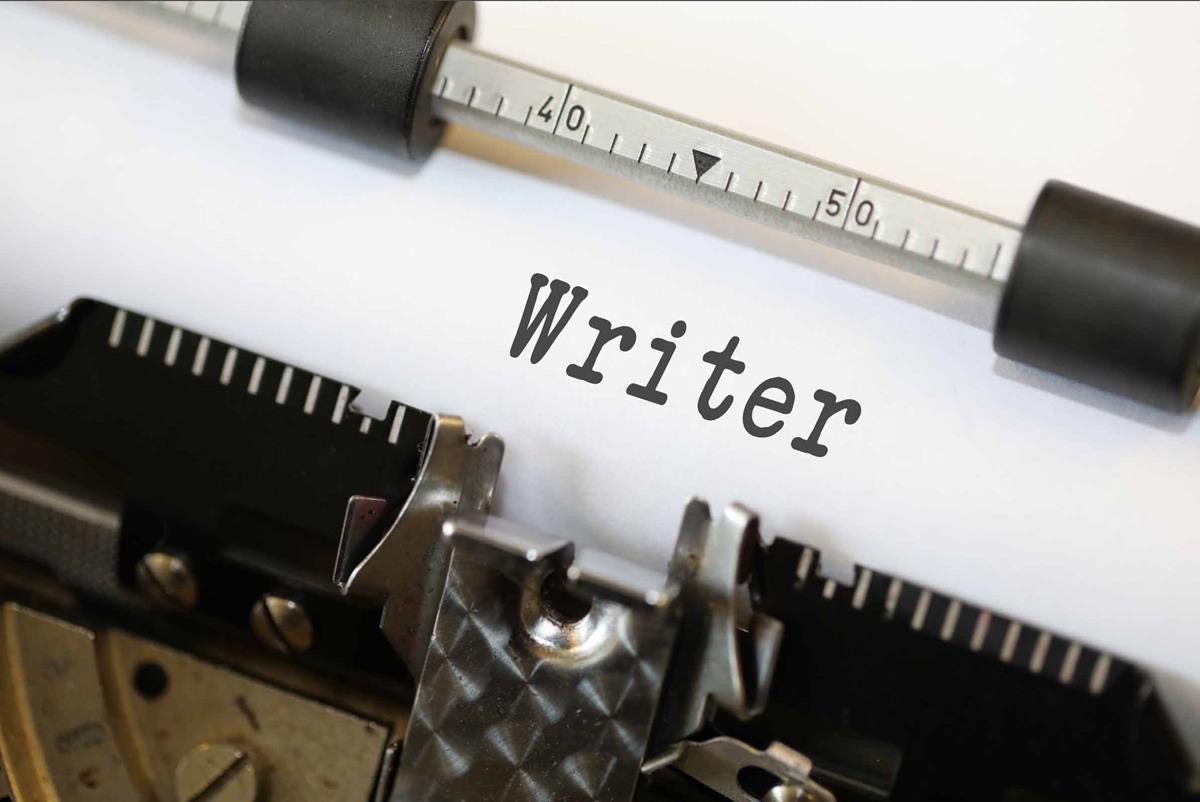Edgar Allan Poe, born on January 19, 1809, in Boston, Massachusetts, is one of the most influential figures in American literature, particularly renowned for his
Help us Grow.
The shortcode is missing a valid Donation Form ID attribute.
By wcadmin 4 weeks ago
By wcadmin 4 weeks ago
The Accusative Case in English Grammar
By wcadmin 12 months ago
By wcadmin 1 year ago
Edgar Allan Poe, born on January 19, 1809, in Boston, Massachusetts, is one of the most influential figures in American literature, particularly renowned for his
The English language is a beautiful and versatile tool that has been used for centuries to convey a wide range of emotions, thoughts, and ideas. At its heart, language is a medium of expression that allows us to communicate in a way that is both precise and powerful. One of the most effective ways to harness the power of English is by using poetic devices.
Poetic devices are a set of techniques that poets use to create rhythm, sound, and meaning in their work. These devices can be used in any form of writing, from prose to song lyrics, but they are particularly effective in poetry. In this post, we will explore some of the most common poetic devices used in the English language.
Rhyme
Rhyme is perhaps the most well-known poetic device, and it refers to the repetition of sounds in two or more words. Rhyming can create a musical effect in poetry, making it more enjoyable to read or listen to. There are different types of rhyme, such as end rhyme, which occurs at the end of lines, and internal rhyme, which occurs within lines.
Example of end rhyme:
I wandered lonely as a cloud
That floats on high o'er vales and hills,
When all at once I saw a crowd,
A host, of golden daffodils;
Example of internal rhyme:
Once upon a midnight dreary, while I pondered, weak and weary,
Alliteration
Alliteration is the repetition of consonant sounds at the beginning of words in a sentence or phrase. This device can create a memorable and rhythmic effect in poetry, making it easier to remember and recite. The sound of alliteration can also mimic the sense of the words being used, such as harsh sounds for harsh words, or soft sounds for gentle words.
Example:
Peter Piper picked a peck of pickled peppers.
Metaphor
A metaphor is a figure of speech that compares two things that are seemingly unrelated, but have something in common. This comparison is often used to create a deeper meaning or to express an emotion or idea in a more vivid way. Metaphors can be powerful tools for evoking emotion and creating a strong image in the reader's mind.
Example:
Life is a journey, and we are all travelers.
Simile
A simile is similar to a metaphor, but it uses the words "like" or "as" to compare two things. Similes are often used to create a vivid image in the reader's mind, and to add depth to the emotions being expressed in the poem.
Example:
Her hair was like a golden waterfall, cascading down her back.
Personification
Personification is a figure of speech that gives human qualities to non-human things, such as animals or inanimate objects. This device can be used to create a sense of empathy for the non-human thing being personified or to create a more vivid image in the reader's mind.
Example:
The wind whispered secrets through the trees.
Hyperbole
Hyperbole is a figure of speech that uses exaggeration to create emphasis or humor. This device can be used to create a strong emotional response in the reader or to make a point in a more memorable way.
Example:
I am so hungry, I could eat a horse.
Onomatopoeia
Onomatopoeia is a word that imitates a sound, such as "buzz" or "hiss". This device can be used to create a sensory experience for the reader or to add a sense of realism to the writing.
Example:
The leaves rustled in the wind, creating a soft, soothing sound.
Repetition
Repetition is a poetic device that involves repeating a word or phrase multiple times within a poem. This device can be used to create emphasis, reinforce a point, or create a sense of rhythm in the poem.
Example:
Do not go gentle into that good night, Rage, rage against the dying of the light.
Imagery
Imagery is a poetic device that uses descriptive language to create a sensory experience for the reader. This device can be used to create a vivid image in the reader's mind, to convey an emotion, or to set the scene for the poem.
Example:
The sky was a deep shade of purple,
the air cool and crisp.
The stars twinkled like diamonds,
and the moon shone bright in the sky.
Poetic devices are a powerful tool that can be used to create a range of effects in poetry. By using these devices, poets can create a sense of rhythm, sound, and meaning that can evoke powerful emotions in the reader. Whether you are an aspiring poet or simply a lover of language, understanding these devices can help you appreciate the beauty and power of the English language. So next time you read a poem, take a moment to appreciate the poetic devices that the writer has used to create their work of art.
__________
Grady Lucas
Account: @wcadmin
eMail: admin@writerscritique.org


Edgar Allan Poe, born on January 19, 1809, in Boston, Massachusetts, is one of t...
Walt Whitman, an iconic figure in American literature, was born on May 31, 1819,...
Ray Bradbury, born in Waukegan, Illinois, in 1920, is a towering figure in Ameri...
In the heart of Paris, amidst the buzz of avant-garde creativity, Gertrude Stein...
Discovering Ploughshares: An Online Haven for Writers Ploughshares, an esteemed ...


The shortcode is missing a valid Donation Form ID attribute.